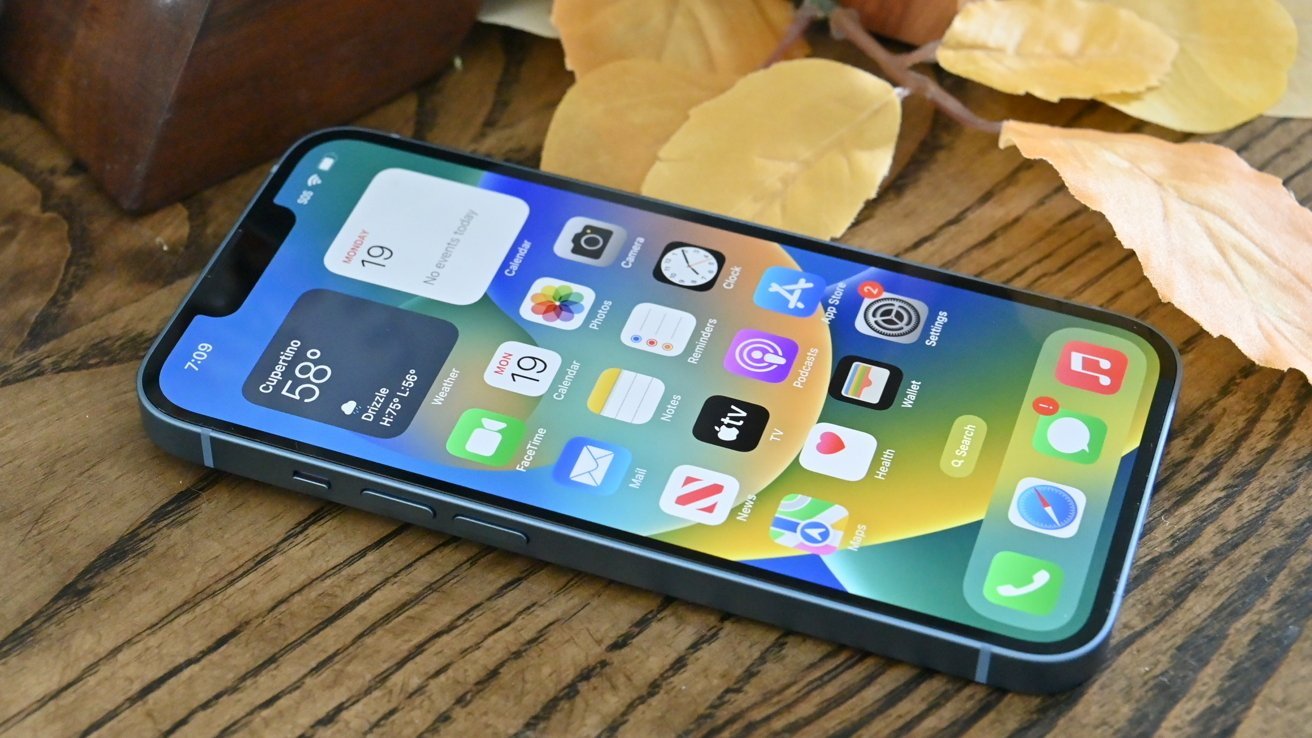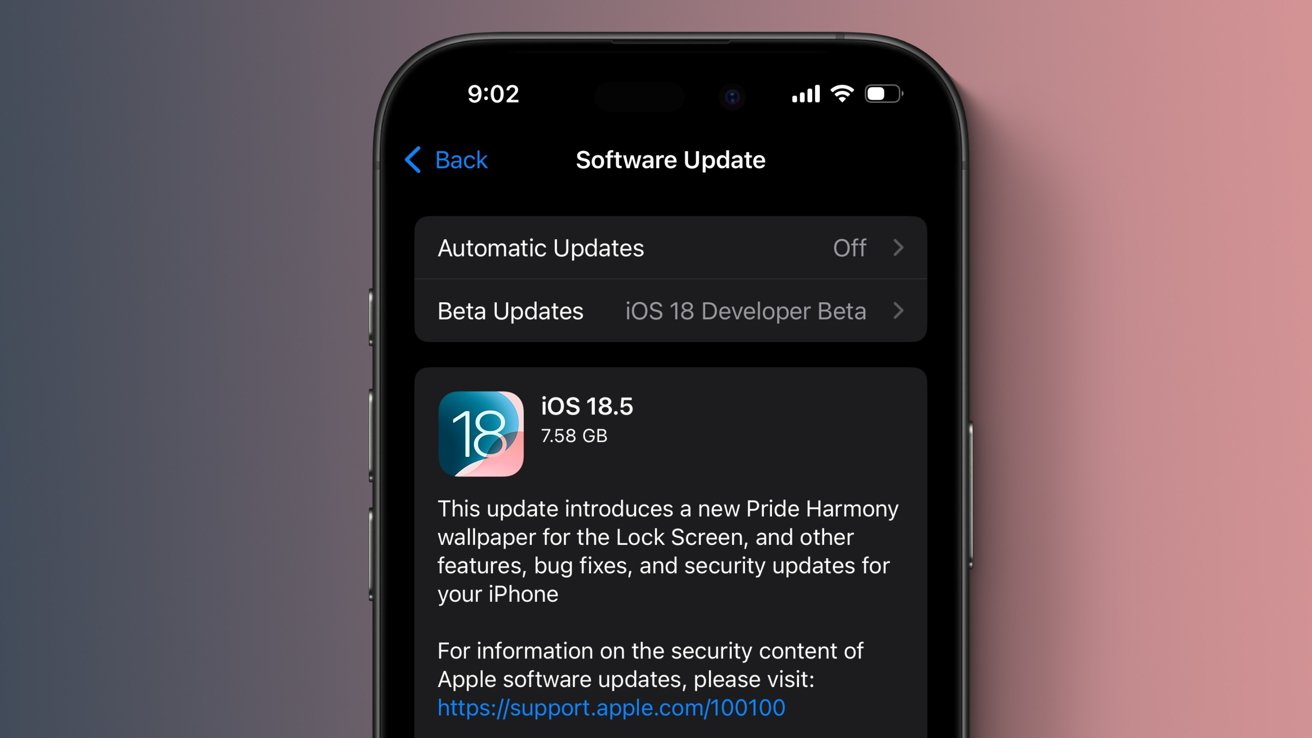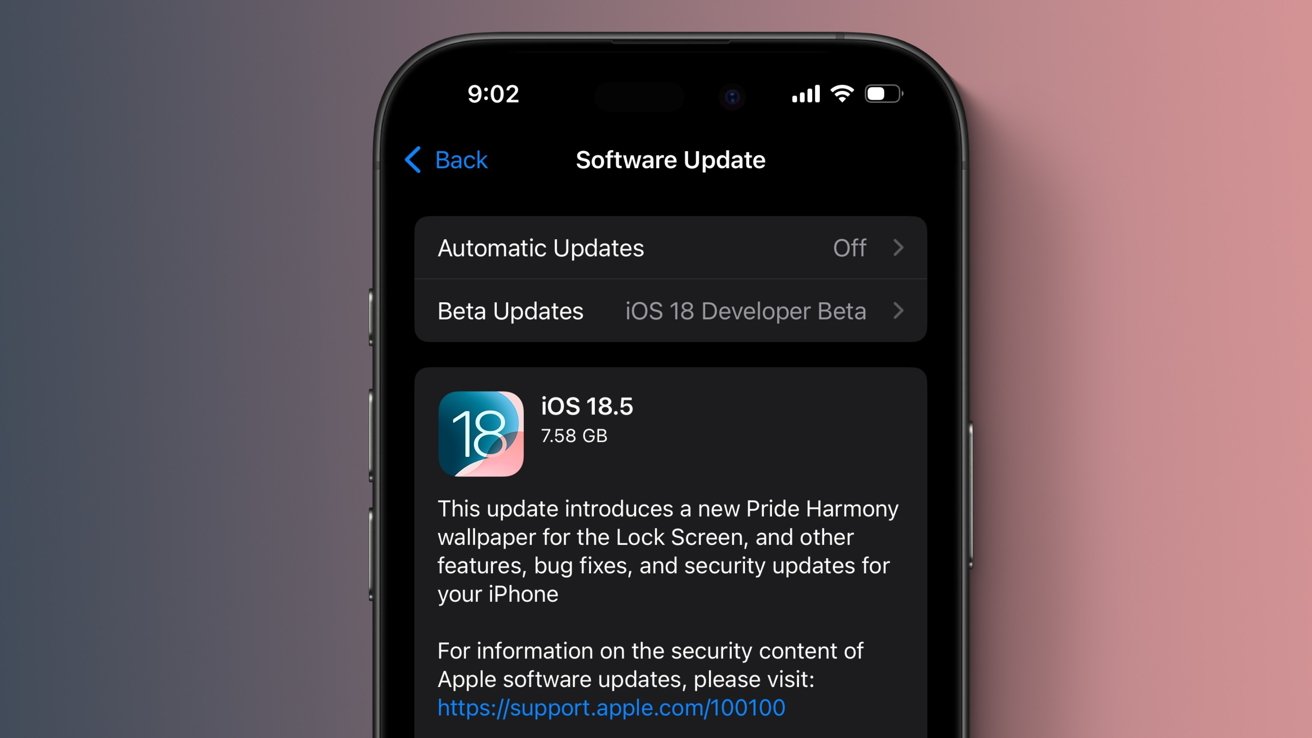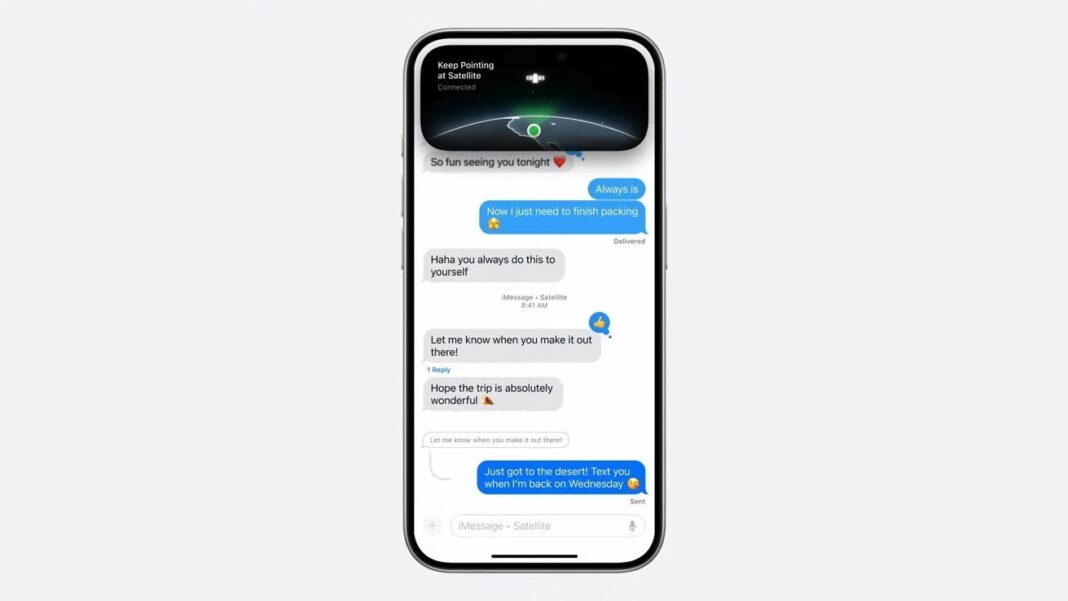Imagine being stranded in a remote area, your cell signal swallowed by the vast wilderness. Now picture reaching out for help, not through the familiar hum of cellular towers, but through the silent expanse of space.

Catching Up with the Competition

The inclusion of carrier-provided satellite connectivity in iOS 18.5 for iPhone 13 models raises questions about the delayed implementation. Analysts have been speculating about Apple’s inability to secure a service partner, which might have hindered the initial rollout of this feature.
Apple’s move comes as competitors like T-Mobile, utilizing Starlink, already offer similar satellite services. This expansion aims to level the playing field for iPhone 13 users but arrives after a significant delay.
Carrier dependence is another factor to consider, as the feature’s availability hinges on carrier support. iPhone 13 owners won’t automatically benefit from this enhanced connectivity, and only those with compatible carriers like T-Mobile will experience it.

Delayed Feature
Analyst Ming-Chi Kuo previously suggested that Apple’s inability to secure a service partner hindered its initial rollout of carrier-provided satellite connectivity.
Kuo believes that Apple had previously worked on developing satellite communications for the iPhone 13 but ultimately decided not to include it in the initial release.
Competition Heats Up
Apple’s move comes as competitors like T-Mobile, utilizing Starlink, already offer similar satellite services.
This expansion aims to level the playing field for iPhone 13 users but arrives after a significant delay.
Carrier Dependence
Carrier dependence is another factor to consider, as the feature’s availability hinges on carrier support.
iPhone 13 owners won’t automatically benefit from this enhanced connectivity, and only those with compatible carriers like T-Mobile will experience it.
The Practical Implications for iPhone 13 Users
Apple is expanding its carrier-provided satellite features to more iPhone models, with it set to be used on all iPhone 13 models as part of iOS 18.5.
The iOS 18.5 update is just around the corner, with new wallpaper, settings improvements, and ScreenTime security enhancements set to debut as soon as next week.
Carrier-Provided Satellite Features
Carrier-provided satellite features run alongside Apple’s satellite-specific functions, such as Emergency SOS via Satellite, which communicate with satellites in cases where there is no carrier signal available.
Some carriers have followed in offering their own version, augmenting their cellular network with satellites.
Availability and Compatibility
The carrier-provided satellite features are not available on all iPhone 13 models.
Only select service providers, such as T-Mobile, offer satellite features in the United States at the time of writing.
iOS 18.5 Update
The iOS 18.5 update includes several quality-of-life improvements for the built-in Mail and Settings applications.
The update also includes support for carrier-provided satellite features on the iPhone 13 range.
Mail and Settings Improvements
The built-in Mail application has been updated with a new setting that lets users show or hide contact photos without opening the Settings app.
The option to disable the “Group by Sender” view was also added.
Settings Refinements
The Settings app has been updated with a new header in the AppleCare & Warranty section.
The header provides additional information about the service and includes a hyperlink to the Apple website.
Expert Analysis and Insights
Unionjournalism spoke with industry experts to gain a deeper understanding of the implications of carrier-provided satellite connectivity on iPhone 13 users.
According to analyst Ming-Chi Kuo, Apple’s decision to delay the rollout of carrier-provided satellite connectivity was likely due to its inability to secure a service partner.
Carrier Dependence and Compatibility
Carrier dependence is a significant factor to consider, as the feature’s availability hinges on carrier support.
iPhone 13 owners won’t automatically benefit from this enhanced connectivity, and only those with compatible carriers like T-Mobile will experience it.
Impact on iPhone 13 Users
iOS 18.5 brings several quality-of-life improvements for the built-in Mail and Settings applications.
The update also includes support for carrier-provided satellite features on the iPhone 13 range.
Conclusion
The rollout of carrier-provided satellite connectivity on iPhone 13 models has significant implications for users.
As the feature becomes more widely available, users can expect improved connectivity and enhanced functionality.
Emergency Connectivity and Enhanced Communication
While Emergency SOS via Satellite remains exclusive to iPhone 14 models, this update provides an avenue for iPhone 13 users to access satellite-based communication in emergencies. This can be crucial in remote areas or situations where cellular networks are unavailable. This feature offers potential for improved communication in areas with weak or no cellular coverage, which could be particularly beneficial for travelers, adventurers, or individuals residing in remote locations.
Limited Scope of Satellite Connectivity
It’s essential to note that this functionality is not a complete replacement for traditional cellular service. Its effectiveness relies on clear line-of-sight to the satellite and may have data limitations compared to standard cellular connections.
Evolving Expectations and Apple’s Future Strategy
The inclusion of this feature in iOS 18.5 suggests a growing emphasis on extending satellite capabilities across Apple’s iPhone lineup. This move indicates a long-term investment in satellite technology, which could lead to further integration and advancements in future iOS versions.
Influence on Competitors and Market Response
Apple’s move will likely influence its competitors to refine their own satellite offerings. This could result in a more competitive and innovative landscape for mobile connectivity solutions.
iOS 18.5 Update and Carrier-Provided Satellite Features
Apple is expanding its carrier-provided satellite features to more iPhone models, with it set to be used on all iPhone 13 models as part of iOS 18.5. Apple issued its release candidate for iOS 18.5 on Tuesday, ahead of an imminent full public release of the update.
As part of a relatively small number of updates to the operating system for this generation, the RC build includes a change that affects the iPhone 13 models. According to the release notes, Apple writes “Support for carrier-provided satellite features is available on iPhone 13 (all models).”
The carrier-provided satellite features run alongside Apple’s satellite-specific functions, such as Emergency SOS via Satellite, which communicate with satellites in cases where there is no carrier signal available. Some carriers have followed in offering their own version, augmenting their cellular network with satellites.
Expansion of Satellite Features and iOS 18.5 Update
This functionality has been available since iOS 18.3, and worked with the iPhone 14, iPhone 15, and iPhone 16 generations. However, the iOS 18.5 update expands the feature to work on the iPhone 13 and iPhone 13 Pro models.
Apple has not disclosed exactly when the iOS 18.5 update will be made available to the public, but the RC release indicates it will be arriving soon.
Conclusion
Apple’s integration of carrier-provided satellite connectivity into the iPhone 13 via iOS 18.5 marks a significant stride towards bridging the connectivity gap in remote and underserved areas. This development allows users to access emergency services and send text messages even when cellular or Wi-Fi networks are unavailable, effectively expanding the reach of communication in previously inaccessible locations. The implications are profound, empowering individuals in remote regions and disaster-stricken areas with a lifeline in critical situations. This innovation goes beyond simply extending network coverage; it represents a fundamental shift in how we perceive and utilize communication technology. As satellite connectivity becomes increasingly integrated into our devices, the boundaries of accessibility and connectivity will continue to blur. This raises intriguing questions about the future of communication infrastructure, the potential for global disaster response, and the evolving relationship between technology and human connection in an increasingly interconnected world. The iPhone 13, once a symbol of luxury and technological advancement, now stands as a beacon of hope, illuminating a path towards a more inclusive and resilient future.

